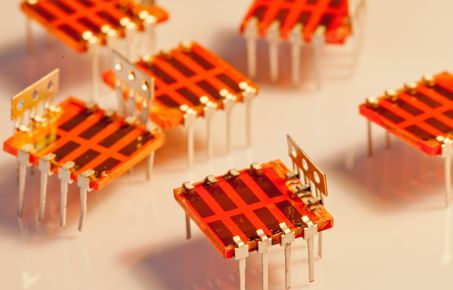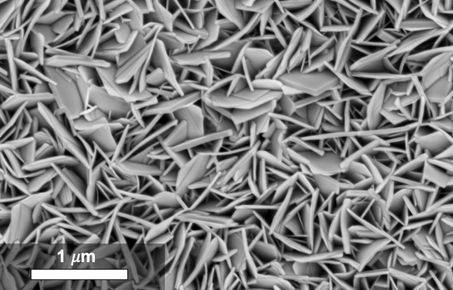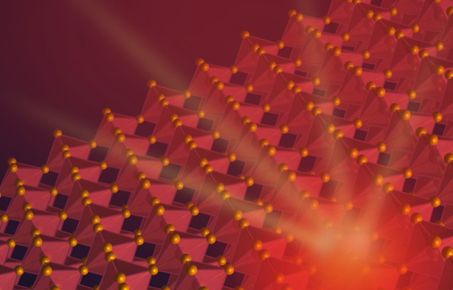Research
We are an interdisciplinary team working on electronic materials for clean energy conversion, with applications including photovoltaics and light-emitting diodes. Our research spans from creating new fundamental insights into carrier-matter interactions through to applying this understanding to create high-performing devices from new materials processed using scalable methods.
We specialise in developing solution- and vapour-based techniques for growing complex materials, understanding the carrier dynamics in the materials through spectroscopic methods, as well as creating novel structures to realise efficient devices.
A particularly unique aspect of our work is the application of our skills to create new classes of semiconductors that can tolerate defects. This can lead to the next generation of energy devices that can achieve high performance when made by low-cost methods. In this area, we have extensively worked on bismuth-based semiconductors for photovoltaics, indoor light harvesting, and many other applications (read our blog here and here).
We are an integral part of the Imperial spoke of the Sir Henry Royce Institute, and our lab space is housed within the Royce@Imperial area. Through Royce, we are connected with the wider UK academic and industrial community developing electronic materials. We are also connected with the Imperial and London community through the Centre for Processable Electronics and the London Centre for Nanotechnology.
More details on the three main areas of our research are given in the links below.






